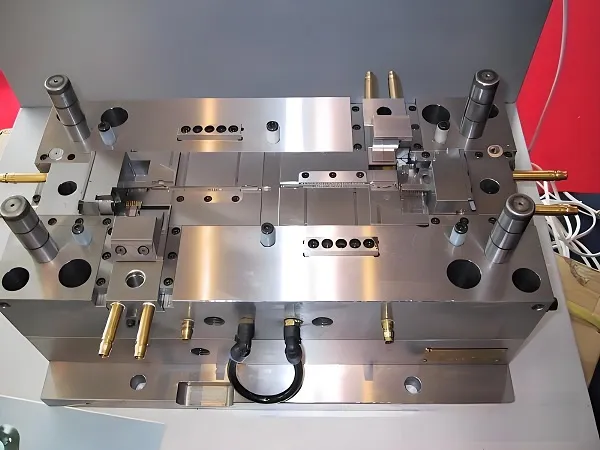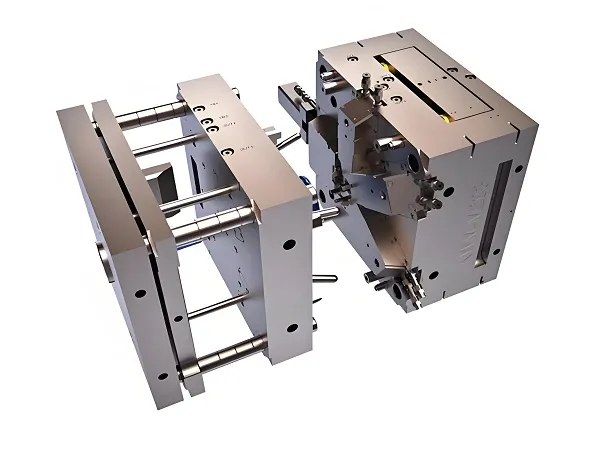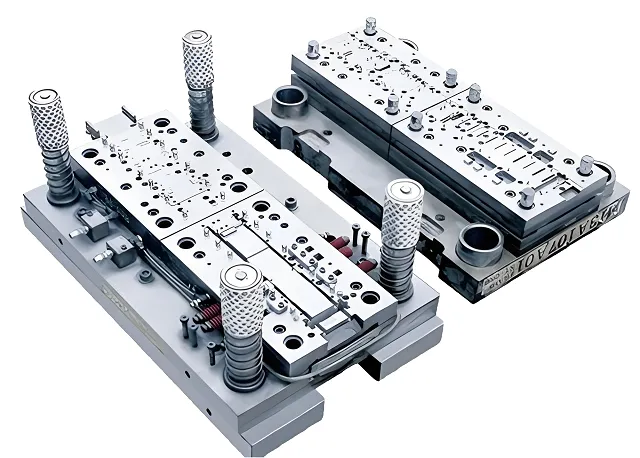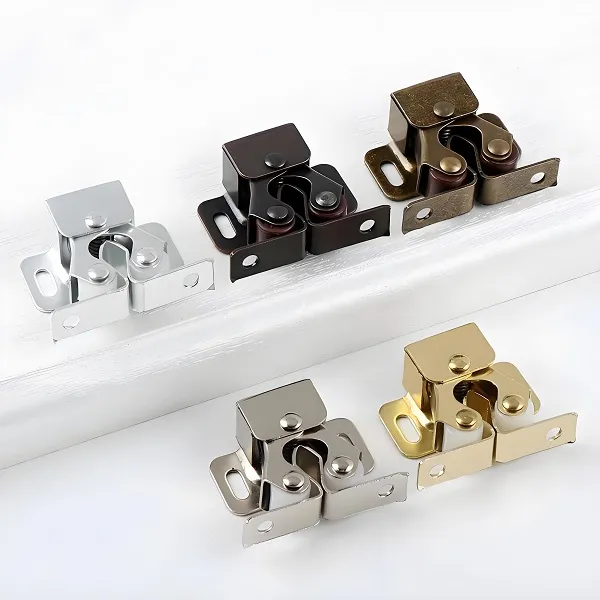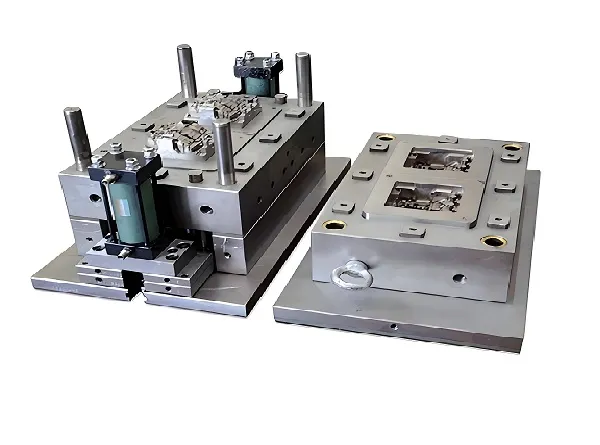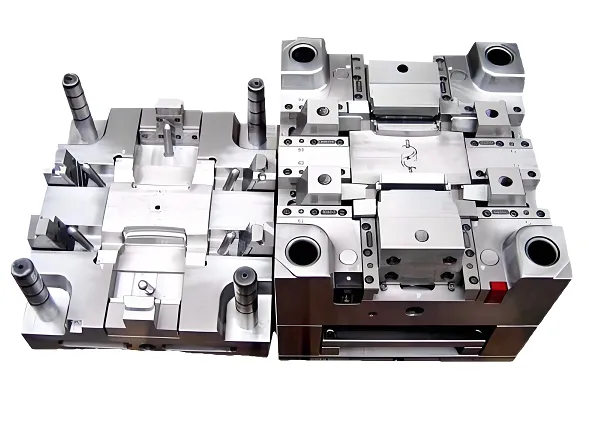I. Technical Background and Core Value
As a key component in the modern industrial system, plastic bushings, with their self-lubricating, corrosion-resistant, and lightweight advantages, play a core role in reducing friction and noise in mechanical transmission, automotive manufacturing, and precision electronic equipment. With the acceleration of Industry 4.0, this component is evolving towards high precision, long service life, and multi-functional integration. The innovative breakthroughs in materials engineering and injection molding processes have shown their unique value in emerging fields such as the electric drive systems of new energy vehicles and the joint modules of industrial robots.
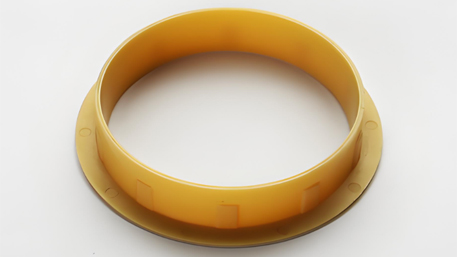
II. Material Selection and Performance Optimization
The current mainstream materials present a differentiated performance matrix: PE materials have advantages in extremely cold environment equipment and electrical components with their low-temperature resistance of -70°C and excellent dielectric properties; PP materials have become the preferred option for automotive powertrains with their heat resistance threshold of 160°C and lightweight feature of 0.9g/cm³; Modified PVC can balance sealing performance and mechanical strength through the regulation of plasticizers (in the range of 30 – 50%), and performs outstandingly in the field of hydraulic sealing.
Material selection requires the establishment of a four-dimensional evaluation system:
Working Condition Compatibility: For high-temperature scenarios, glass fiber reinforced PP is preferred; for chemical corrosive environments, PTFE modified materials should be considered.
Process Feasibility: For example, for PVC, the processing window of 170 – 190°C needs to be precisely controlled to avoid decomposition.
Cost-Benefit Ratio: Basic materials like PE/PP are used for bulk products, and special engineering plastics like PEEK are introduced for special needs.
Environmental Compliance: The EU RoHS directive has driven the application proportion of bio-based polyester materials to increase to 12%.
III. Key Control Points of Injection Molding Process
Modern injection molding processes achieve quality improvement through fine parameter regulation. Taking the bushing of a certain automotive steering mechanism as an example, the key points of its process control include:
Injection stage: Adopt three-stage pressure control (gradient of 120 – 90 – 60MPa) to balance filling completeness and internal stress control.
Mold temperature control: Maintain a mold temperature of 80 ± 2°C to ensure the crystallinity of PP materials reaches more than 65%.
Holding pressure optimization: Set a holding pressure time of 2.5s to compensate for a volume shrinkage rate of 8%.
Cooling system: The conformal waterway design keeps the temperature difference within 3°C to eliminate warpage.
IV. Engineering Solutions for Typical Defects
For common quality problems in mass production, the following solutions are formed:
Air hole defect: Adopt vacuum-assisted injection molding (negative pressure of 0.08MPa) combined with material pre-drying (4h/120°C) to reduce the porosity to below 0.3%.
Weakened weld lines: Optimize the gate layout through Moldflow simulation and set a 0.02mm exhaust groove in the intersection area to increase the melt bonding strength by 40%.
Dimensional stability: Develop a crystallinity control process to stabilize the post-shrinkage rate of PP materials within the range of 0.8 – 1.2%.
Surface sink marks: Use the holding pressure curve compensation technology to achieve 95% volume compensation in the thick-wall area.
V. Breakthroughs in Innovative Application Scenarios
In the field of new energy vehicles, carbon fiber reinforced PPS bushings have been successfully applied in 800V electric drive systems, capable of withstanding a continuous working temperature of 200°C and a rotational speed of 20,000 rpm. After a certain brand of reducer adopted this solution, the transmission efficiency increased to 98.5% and the NVH performance improved by 6 dB.
In the field of consumer electronics, liquid silicone (LSR) micro bushings have achieved manufacturing with an ultra-thin wall thickness of 0.1mm and are applied in the hinge structure of foldable mobile phones, with no failure after 200,000 folding tests. This technological breakthrough has reduced the thickness of the rotating shaft module to 3.4mm, promoting the innovation of terminal product forms.
VI. Technology Development Trends
The current research and development focuses on three aspects:
① Interface enhancement technology of nano-composite materials (such as graphene/PA6 composites);
② Precision control of micro-foaming injection molding process (bubble diameter < 50μm);
③ Digital process monitoring system (integrating IoT sensors to achieve 0.1s-level parameter feedback). A certain German automaker has established a digital twin system for the injection molding process, reducing the product defect rate from 2.3% to 0.15%.
With the deep integration of material genome engineering and intelligent manufacturing technology, plastic bushings are evolving from functional components to intelligent sensing components. The breakthrough in conductive polymer materials enables them to have both structural support and electromagnetic shielding functions in 5G equipment, marking a new stage of multi-functional integrated development in this field.

